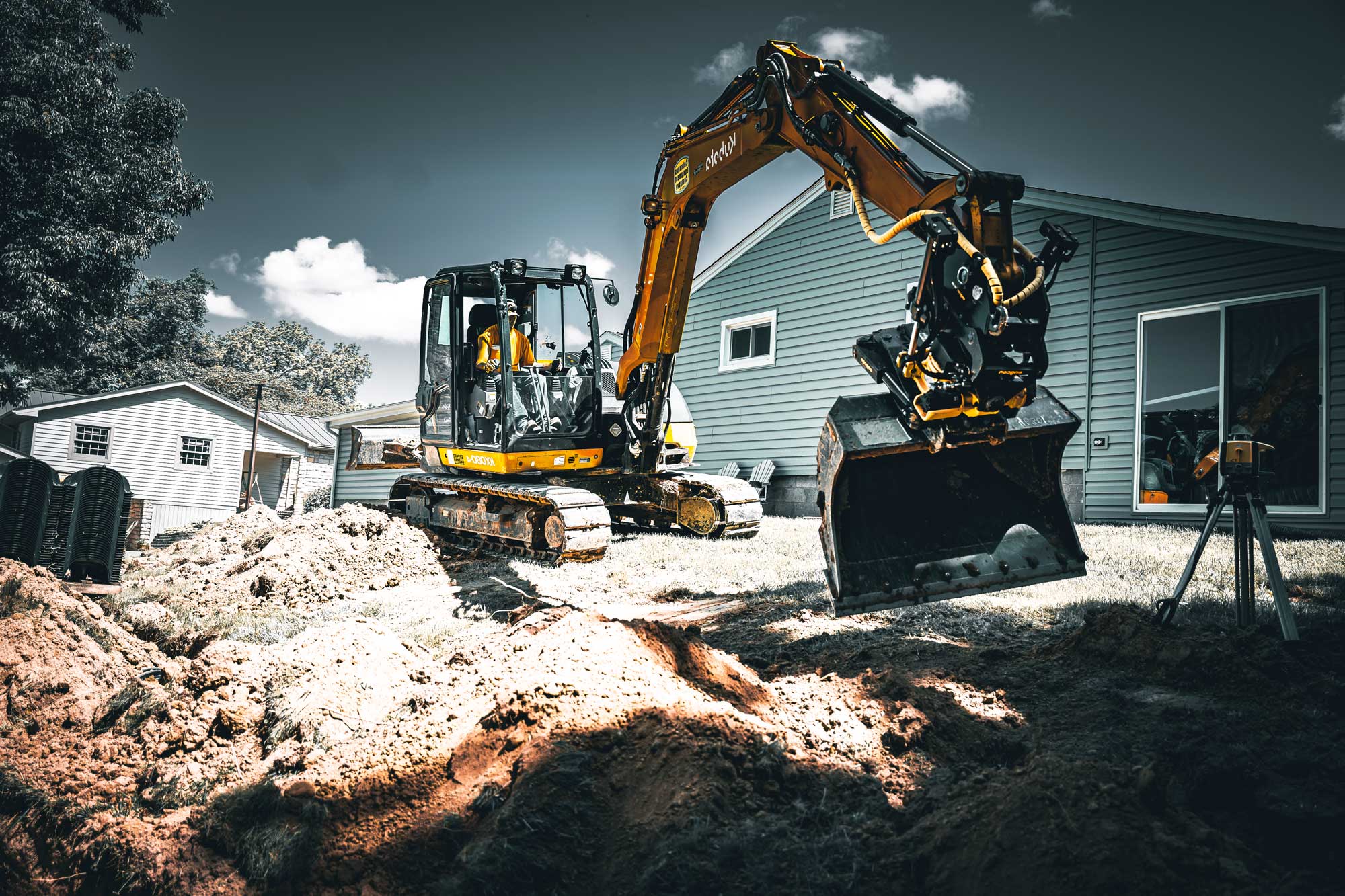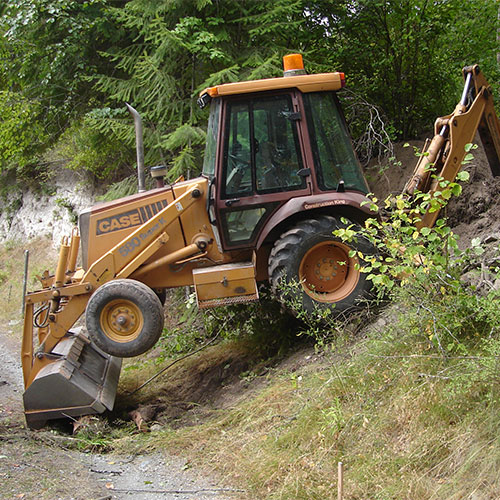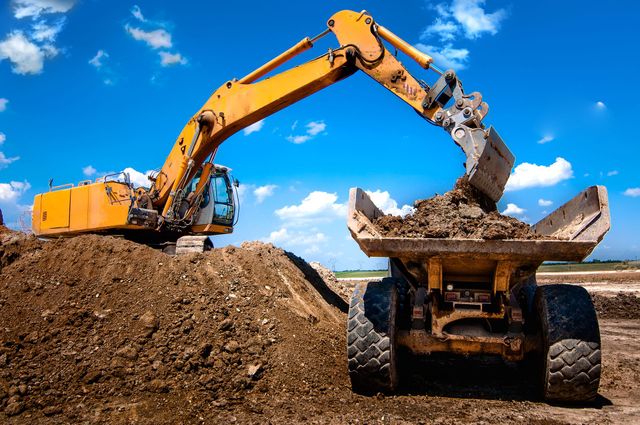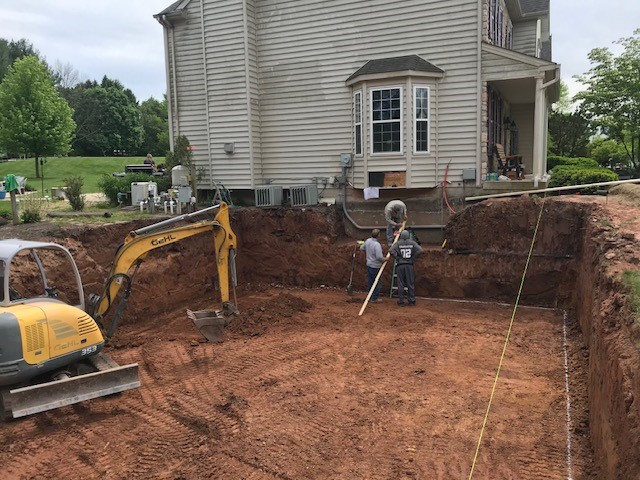Extensive Exploration: The Scientific Research Behind Superior Excavation Practices
From ancient hand tools to modern-day hydraulic excavators, the development of excavation methods has actually been a testament to human ingenuity and technical improvements. What really establishes exceptional excavation practices apart is a deep understanding of geological principles, combined with the application of advanced tools and methodologies.
Development of Excavation Techniques
Throughout history, the evolution of excavation strategies has actually played an essential duty in advancing construction practices and archaeological discoveries. From the simple devices utilized by our forefathers to the advanced machinery utilized in contemporary times, the development of excavation approaches has actually substantially transformed how we come close to numerous jobs.
In old times, manual work with standard devices such as pickaxes, shovels, and wheelbarrows was the primary technique of excavation. This labor-intensive procedure limited the depth and extent of excavations, commonly leading to slow-moving development and limited accessibility to specific websites. Nevertheless, as civilizations progressed, so did the methods and devices used for excavation.
The Industrial Revolution marked a turning point in excavation methods with the intro of steam-powered equipment. In modern times, modern technology plays a pivotal function in excavation, with innovations like General practitioner systems, drones, and 3D scanning enhancing precision and efficiency in the field.
Role of Technology in Excavation

The integration of cutting-edge modern technology has actually essentially transformed the field of excavation, enhancing precision and effectiveness to unmatched degrees. One of the vital technical developments that has significantly affected excavation methods is the usage of GPS systems. These systems enable precise mapping of excavation sites, making it possible for drivers to accurately locate below ground energies and structures. Additionally, using telematics in excavation tools has actually enabled real-time surveillance of device efficiency, bring about positive upkeep and enhanced functional efficiency.
Moreover, the arrival of 3D modeling and simulation software application has structured the planning process for excavation tasks. Drivers and designers can now picture the whole excavation process before beginning, optimizing and determining prospective obstacles workflow. Together with this, the application of drones in excavation tasks has actually helped with aerial studies, volumetric dimensions, and website inspections with unmatched speed and accuracy.
Geological Concepts in Excavation
An understanding of geological concepts is essential for guaranteeing the structural stability and security of excavation websites. Geological aspects play a crucial role in figuring out the usefulness and safety of excavation jobs (lancaster excavation). One essential geological concept to think about is the kind of dirt or rock existing at the website. Different soil types, such as clay, gravel, or sand, have varying levels of stability and require different excavation methods. For instance, natural dirts like clay may need added assistance to avoid collapses, while sandy dirts might be vulnerable to disintegration throughout excavation.
Furthermore, the geological framework of the area, including faults, fractures, and rock developments, should be carefully analyzed to determine potential threats and challenges. Digging deep into near geological fault or unpredictable rock developments can lead to instability and possible risks. By performing complete geological surveys and evaluation, excavators and designers can develop methods to reduce threats and guarantee the effective completion of excavation jobs. Ultimately, integrating geological concepts into excavation techniques is important for achieving risk-free, reliable, and sustainable outcomes.

Newest Tools for Excavation
In the realm of excavation practices, modern technologies in devices have actually transformed the efficiency and accuracy of excavation procedures. These drones can supply comprehensive aerial studies of excavation sites, providing real-time information on topography and possible risks.
An additional cutting-edge tool gaining appeal is the application of 3D printing innovation for creating custom excavation equipment. This permits the manufacturing of specialized tools that are customized to the particular needs of a job, boosting effectiveness and lowering downtime.
Moreover, developments in products science have actually led to the growth of stronger and a lot more resilient excavation devices. dump truck companies in ohio. Tungsten carbide-tipped excavator attachments, for instance, offer remarkable efficiency in difficult ground problems, enhancing efficiency on-site
Scientific research's Effect on Excavation Practices

In addition, innovations in products science have blog here actually caused the development of more powerful, a lot more resilient excavation tools other and tools. The use of composite products in diggers and shovels has actually enhanced their efficiency and longevity, inevitably enhancing productivity on excavation sites. Additionally, scientific study on dirt auto mechanics and geotechnical design has actually given useful insights into dirt habits, enabling excavation professionals to make informed choices concerning excavation methods and dirt stablizing methods. On the whole, science continues to drive innovation and enhancement in excavation techniques, making excavation projects a lot more efficient, economical, and lasting.

Verdict
To conclude, the advancement of excavation methods has been significantly influenced by innovations in modern technology and a much deeper understanding of geological principles. The latest devices and tools utilized in excavation have boosted performance and precision in the field. The application of clinical understanding has significantly boosted excavation techniques, resulting in more effective and sustainable approaches for digging deep into numerous sorts of materials.
In the realm of excavation methods, contemporary advancements in devices have actually revolutionized the performance and precision of excavation processes. By leveraging clinical principles, the excavation industry has actually been able to substantially enhance efficiency, precision, and safety and security in excavation processes. GPR allows excavation groups to non-invasively check and map subsurface frameworks, energies, and prospective dangers, enabling them to intend excavation projects with greater precision and minimized danger of accidents.
Additionally, clinical research on soil mechanics and a knockout post geotechnical design has given beneficial insights right into dirt habits, permitting excavation specialists to make educated choices regarding excavation techniques and soil stabilization techniques. On the whole, science continues to drive innovation and improvement in excavation techniques, making excavation tasks a lot more reliable, cost-effective, and sustainable.